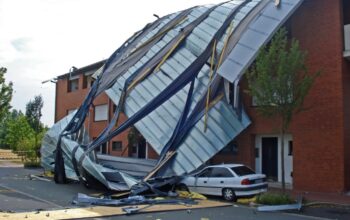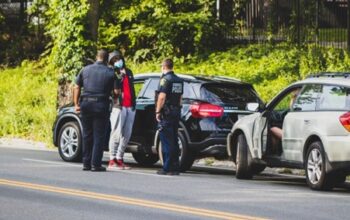Bus accidents can be extremely serious given the number of people involved and the added mass of a large vehicle, so prioritize medical attention before documenting the scene in anticipation of legal follow-up. There is nothing more important than the health and safety of everyone involved in the crash.
The immediate aftermath of a bus accident
Your first priority following any sort of collision or crash involving a bus is to seek medical aid for yourself and anyone else injured. Call 911 immediately. If you are able and know how, render CPR or other immediate aid to other injured passengers or victims outside and in other vehicles.
Types of bus accidents include:
- Striking pedestrians
- Bus turn-overs
- Sideswiping collisions with other vehicles on the highway
- T-bone collisions at intersections (when one vehicle head-on strikes another vehicle from the side)
- Rear-ending smaller vehicles in front of the bus in traffic or at a light
According to the Department of Transportation, recent years have seen approximately 5,000 large truck and bus crashes lead to fatal injuries in the United States each year. This makes these kinds of incidents all too common. Immediate medical attention may be required to save lives and prevent injured victims from turning into fatality statistics. However, you also need to be mindful of documenting what has happened. This can start at the scene of the incident.
Take pictures of the scene
Without hindering emergency care at the scene, be sure to photograph the damage caused by the accident. If your car has been hit by a bus, regardless of who is at fault, be sure to take photos of every angle of your vehicle and get up-close shots of the damaged areas.
Documenting damage to your property is critical, as is evidence of injuries to your body. If you are treated by medical personnel, get pictures taken showing your injuries and collect all medical documents, receipts, x-rays, and any other relevant documentation.
Because of the high potential for injuries, death, and serious damage surrounding a bus accident, police will almost always be involved in securing the site of the crash. When you are involved in the incident, it is your responsibility to get the responding officers’ information and follow-up with them to obtain a copy of the related police report. This will be critical if a legal case follows.
Other follow-up activities and when to consider legal action
Witness statements are absolutely essential forms of evidence in a court of law, and it is entirely possible for the police to miss a few witnesses. This is especially true when they have arrived just after the incident.
As someone who was there, it is really important that you collect the names and contact information of anyone with you on the bus, passersby, and other drivers who witnessed the incident. If you end up in a legal battle, your attorney will be exceedingly grateful if you have the names of people who can testify that they saw what happened.
In the United States, buses operating within a city are often going to be public entities owned by local or state government. On the highway, it is more likely that any given bus is privately owned by a tour or transportation company. Either way, when dealing with a potential lawsuit involving personal injury or damages, it’s always a bit more complicated to sue a company or the state instead of a private individual.
With that in mind, if you have been involved in a bus accident, whether as a passenger, a pedestrian, or a driver, you are more likely to really need an attorney representing you in follow-up legal action than if you are involved in a fender-bender with another car.
Getting injured because of another person’s negligence or ill-intent is frustrating and possibly life-altering. When negligence or malicious intentions are involved, or if you do not feel you are being treated fairly or being offered reasonable compensation for your injuries and other damages, it is essential to seek legal representation.
Related Posts











